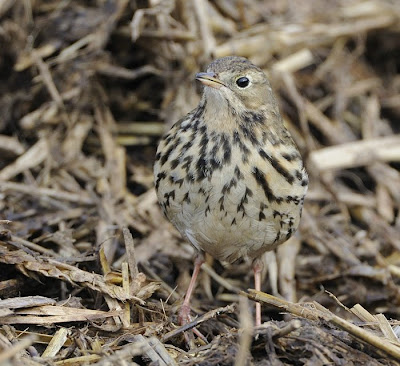
 A group of crossbills had been frequenting the Lodge RSPB for a time and they were regularly seen near the 'fort' on the new plantation area. I decided to take a trip and spend a couple of hours there, but the light was awful so i didn't expect to get any images of a bird that frequents the tops of the trees.
A group of crossbills had been frequenting the Lodge RSPB for a time and they were regularly seen near the 'fort' on the new plantation area. I decided to take a trip and spend a couple of hours there, but the light was awful so i didn't expect to get any images of a bird that frequents the tops of the trees. I got lucky when Graham and Peter located them whilst working and directed me over, i was then to watch them, along with others, for some time. And i was able to grab some record shots when they had the canopy as background rather than sky. One or two males were very colourful and they were very vocal whilst feeding.
I got lucky when Graham and Peter located them whilst working and directed me over, i was then to watch them, along with others, for some time. And i was able to grab some record shots when they had the canopy as background rather than sky. One or two males were very colourful and they were very vocal whilst feeding. 
 Its great to listen to them taking the cones apart and then discard them. They would take the whole cone on occasions and hold it steady whilst their bill got to work. I followed them as they moved through the tree tops and then they departed as a flock towards the Lodge shop, where i counted 14 maybe 15 birds, i phoned Sarah, working in the shop, and said they'd headed her way but they were not to be seen until later further down the reserve. A great couple of hours despite the weather, it certainly cheered me up.
Its great to listen to them taking the cones apart and then discard them. They would take the whole cone on occasions and hold it steady whilst their bill got to work. I followed them as they moved through the tree tops and then they departed as a flock towards the Lodge shop, where i counted 14 maybe 15 birds, i phoned Sarah, working in the shop, and said they'd headed her way but they were not to be seen until later further down the reserve. A great couple of hours despite the weather, it certainly cheered me up.


















































